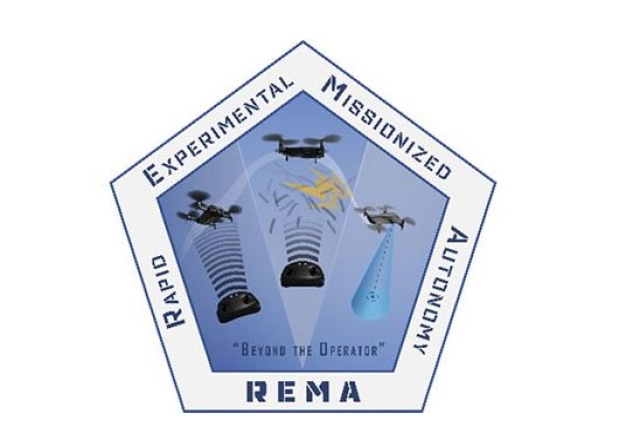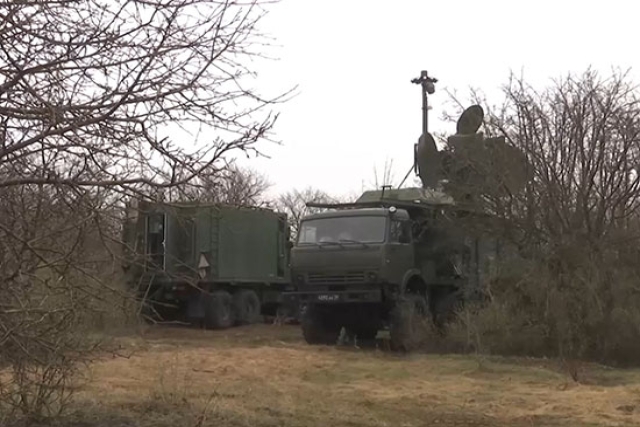DARPA's REMA Program to Enable Drones Hit by Electronic Warfare Systems to Navigate Home Safely
REMA will render ineffective adversaries’ electromagnetic countermeasures intended to disrupt communication links between operator and drone to abort missions and cause crashes.

The U.S. Defense Advanced Research Projects Agency (DARPA) has launched the Rapid Experimental Missionized Autonomy (REMA) program, with the goal of enabling drones to autonomously return to base in case of a lost connection with operators due to electronic warfare systems.
This initiative, responding to advancements in commercial drone technology, focuses on overcoming challenges posed by adversaries' electronic countermeasures.
The program assumes significance in the light of Russian EW systems rendering Ukrainian drone swarms ineffective. Ukraine uses bombs strapped to commercial quadcopters to attack Russian targets.
Dr. Lael Rudd, the REMA program manager, describes the program as a demonstrator for rapid ideation and tech development, with five collaborators working collaboratively to achieve its goals.
The 18-month REMA program is divided into two technical areas: the development of a drone-autonomy adapter interface and the creation of mission-specific autonomy software, aiming to neutralize electromagnetic countermeasures disrupting communication links between operators and drones.
The program aims to provide an advantage in combat operations by developing a universal autonomy adapter and easily uploadable mission-specific autonomy for all commercial drones.
Contracts for the drone-autonomy adapter interface have been awarded to Anduril and RTX, while Leidos, Northrop Grumman, and SoarTech secured contracts for mission-specific autonomy software.
The program's development cycles will begin at three-month intervals, accelerating to one-month intervals, ensuring a continuous delivery of improved autonomy capabilities. The inaugural "spiral challenge," starting in December 2023, focuses on platforms with agnostic autonomy features, with performers expected to present a fully operational solution by March 2024, marking a substantial advancement in addressing electronic warfare threats faced by drones.













